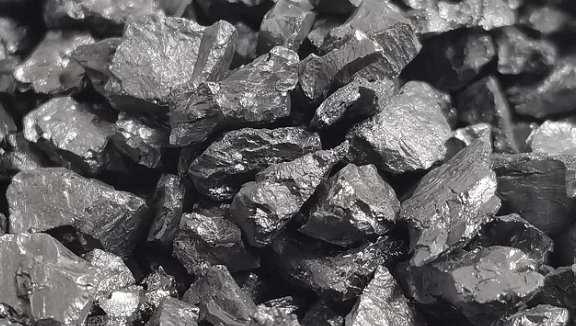
Electrically Calcined Anthracite, with low mercury content, is a carbon-based product that removes harmful heavy elements, such as mercury, from mercury-containing liquid or gaseous solutions. A special electrode is used to calcine anthracite, resulting in an anthracite of high quality with low mercury levels and superior mechanical properties. The anthracite produced in this way is more eco-friendly than any other method of removing the mercury from gaseous and liquid solutions.
Anthracite calcines in two phases. First, by heating at high temperature and then using an electrochemical mechanism to produce carbon graphite. The anthracite is then heated in a high-pressure oxygen-free furnace to complete the graphitization process, which is essential for creating a pure, metallurgical quality graphite that can be used in many industrial applications.
Recent years have seen a surge in interest for coal-derived materials that are based on graphite. These new materials offer a wide range of applications due to unique characteristics such as their corrosion resistance and self-lubricity. They also possess thermal conductivity as well as electrical conductivity. Natural graphite, petroleum pitchcoke and synthetic graphite have been the best-known examples. Natural graphite and petroleum-based versions are limited in supply, whereas anthracite has a wide range of availability and can be easily produced.

Anthracite coal is hard coal that contains about 1% volatile material. It has a lower sulfur content and a greater calorific value than lignite or bituminous coal. It is mined primarily in China and Western Canada but also South Africa.
A typical Taixi anthracite contains clay minerals (illite and kaolinite) and oxides (quartz). Taixi pyrite has sulfur levels ranging from 2.1% to 3.5%, while bassanite contains up to 3.5%. The majority of this sulfur occurs in the form of sulfides and sulfones.
During the industrial graphitization process of anthracite, most of these sulfur compounds decompose and migrate from the anthracite to the escapes in the ultrahigh-temperature graphitization furnace due to thermodynamic and physicochemical interactions between them. To understand the mechanism of these changes and migration, we analyzed the microstructure of anthracite after heat-treatment and the compositions of the residues and escapes by scanning electron microscopy-energy-dispersive X-ray spectroscopy (SEM-EDS). The molecular level orientation of aromatic rings was also determined by image analysis approaches utilizing HRTEM micrographs. It was important to analyze the curvature in these carbon representations, as this is a significant morphological factor that influences adsorption. These results provide a basis to better understand the change in dynamic and the migration of coal-derived mineral during graphitization of anthracite. The results can help in predicting the changes and migration mechanisms of these minerals during anthracite graphitization and improving the performance of the experimental and industrial ultrahigh-temperature graphitization furnaces.

Write a Message